Year 5
The science inquiry skills and science as a human endeavour strands are described across a two-year band. In their planning, schools and teachers refer to the expectations outlined in the achievement standard and also to the content of the science understanding strand for the relevant year level to ensure that these two strands are addressed over the two-year period. The three strands of the curriculum are interrelated and their content is taught in an integrated way. The order and detail in which the content descriptions are organised into teaching and learning programs are decisions to be made by the teacher.
Incorporating the key ideas of science
Over Years 3 to 6, students develop their understanding of a range of systems operating at different time and geographic scales.
In Year 5, students are introduced to cause and effect relationships through an exploration of adaptations of living things and how this links to form and function. They explore observable phenomena associated with light and begin to appreciate that phenomena have sets of characteristic behaviours. They broaden their classification of matter to include gases and begin to see how matter structures the world around them. Students consider Earth as a component within a solar system and use models for investigating systems at astronomical scales. Students begin to identify stable and dynamic aspects of systems, and learn how to look for patterns and relationships between components of systems. They develop explanations for the patterns they observe.
(source: www.australiancurriculum.edu.au)
Achievement Standard
By the end of Year 5, students classify substances according to their observable properties and behaviours. They explain everyday phenomena associated with the transfer of light. They describe the key features of our solar system. They analyse how the form of living things enables them to function in their environments. Students discuss how scientific developments have affected people’s lives, help us solve problems and how science knowledge develops from many people’s contributions.
Students follow instructions to pose questions for investigation and predict the effect of changing variables when planning an investigation. They use equipment in ways that are safe and improve the accuracy of their observations. Students construct tables and graphs to organise data and identify patterns in the data. They compare patterns in their data with predictions when suggesting explanations. They describe ways to improve the fairness of their investigations, and communicate their ideas and findings using multimodal texts.
(source: www.australiancurriculum.edu.au)
- Plus Plan
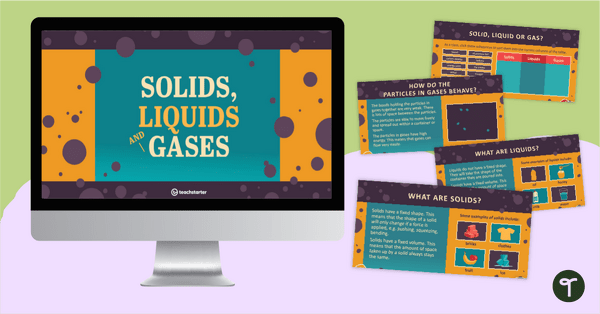
Solids, Liquids and Gases PowerPoint
A 31 slide editable PowerPoint template to use when teaching your students about solids, liquids and gases.
- Plus Plan
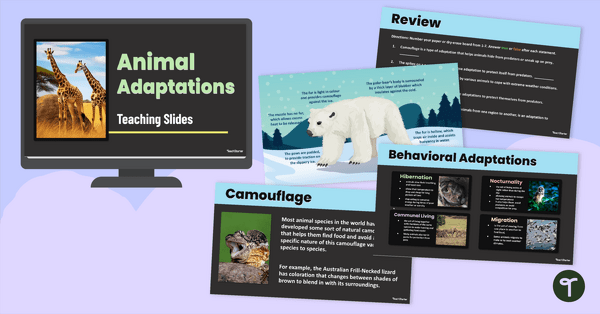
Animal Adaptations PowerPoint
Teach your students about the behavioural, structural, and physiological adaptations of animals with an interactive teaching slide deck.
- Plus Plan
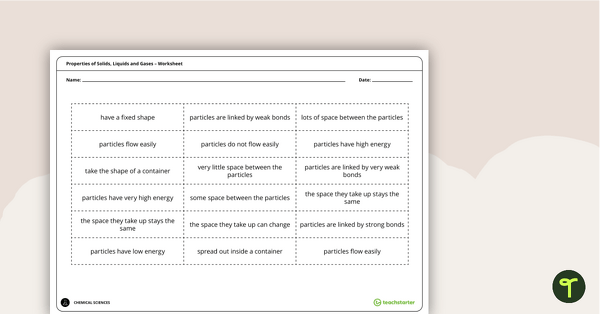
Properties of Solids, Liquids and Gases – Worksheet
A cut and paste activity that explores the properties of solids, liquids and gases.
- Plus Plan

Light Fantastic PowerPoint
A 21 slide editable PowerPoint to use when teaching your students about light in Science.
- Free Plan
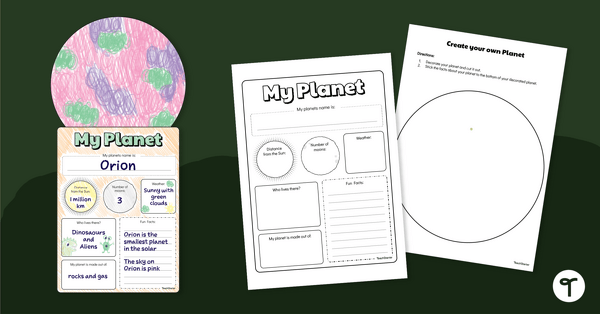
If I Could Create My Own Planet Craft Template
Explore planets and let your students get creative by developing their own planet.
- Free Plan
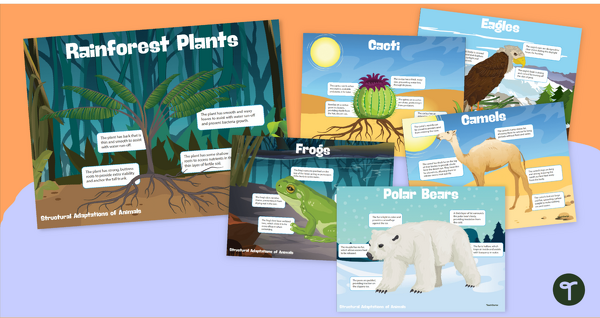
Plant and Animal Adaptations - Structural Adaptation Posters
Highlight the physical adaptations of different animals with a set of printable anchor charts.
- Plus Plan
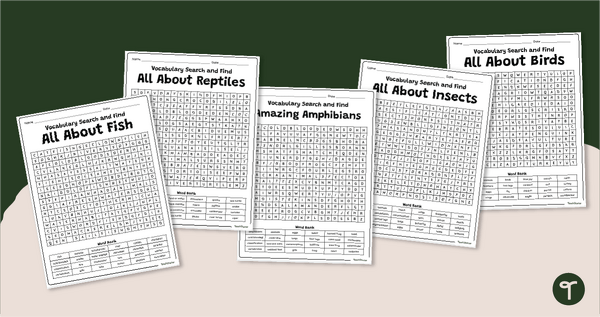
Animal Classes Word Search Pack - Upper Years
Review vocabulary related to animal classes and characteristics of animals with a pack of printable animal classification word searches.
- Plus Plan
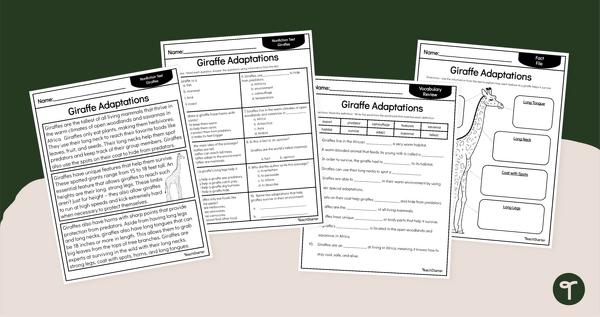
Giraffe Adaptations - Reading Comprehension Year 3
Read and learn about adaptations of the giraffe with a set of printable Year 3 comprehension activities.
- Plus Plan

Planets of Our Solar System – Teaching Slides
Explore information about the planets in our solar system and their position in relation to the Sun.
- Plus Plan
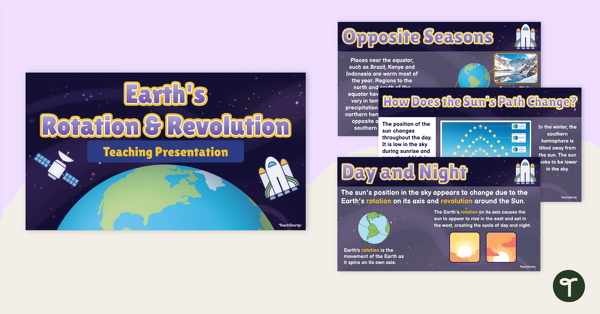
Earth's Rotation and Revolution – Teaching Presentation
Explore the difference between rotation and revolution while learning about the day and night cycle, what causes the seasons to change and more with this teaching presentation.
- Plus Plan
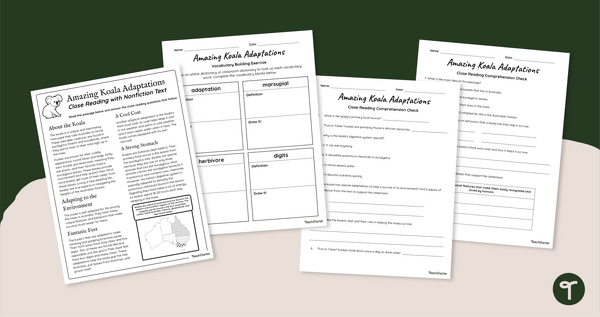
Koala Adaptations Reading Comprehension Worksheets
Learn about the physical and behavioural adaptations of the koala with a set of printable reading comprehension worksheets for Year 4.
- Plus Plan
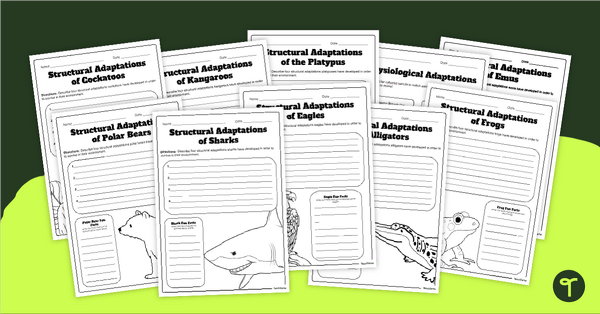
Animal Adaptations - Worksheet Pack
Use these animal adaptation worksheets when teaching students about the structural, behavioral, and physiological adaptations of animals.
- Plus Plan
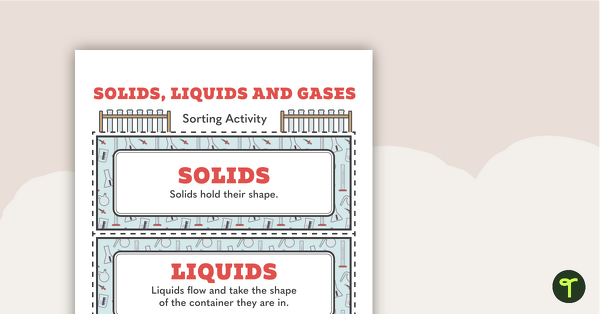
Solids, Liquids and Gases – Sorting Activity
A sorting activity to help students identify solids, liquids and gases.
- Plus Plan
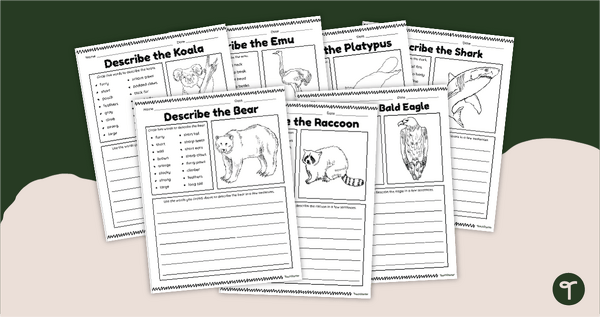
Animal Adaptations - Informative Writing Prompt Worksheets
Write to describe animals and their adaptations with a printable pack of informative writing worksheets.
- Free Plan
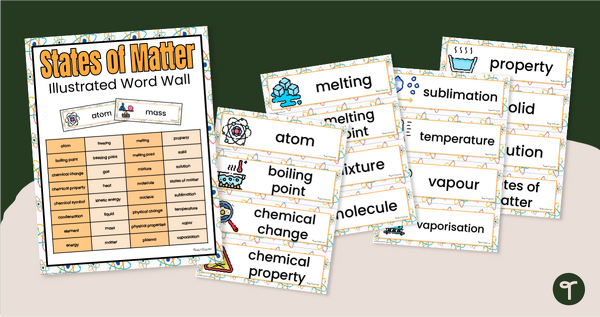
States of Matter Word Wall Vocabulary
Review vocabulary related to matter with a printable illustrated States of Matter Word Wall.
- Plus Plan
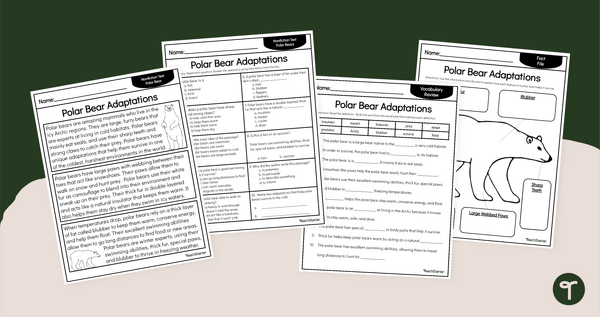
Polar Bear Adaptations Reading Comprehension Pack
Discover polar bear structural adaptations with a set of printable reading comprehension worksheets for Year 3.
- Plus Plan
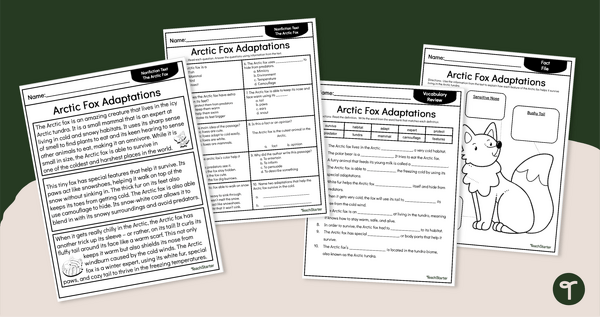
Arctic Fox Adaptations - Free Comprehension Worksheets
Read and learn about Arctic fox adaptations with a set of free Reading Comprehension Worksheets for Years 2 and 3.
- Plus Plan
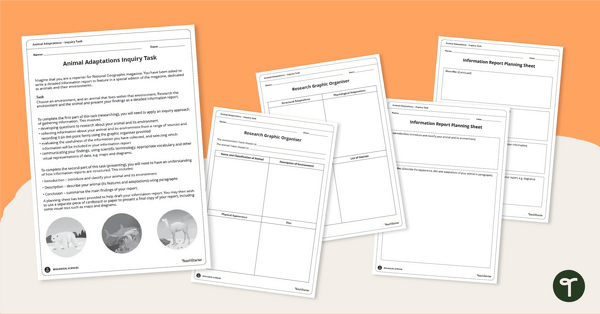
Animals That Adapt - Research Project & Report
Strengthen your students' understanding of conducting research with an Animal Adaptations research project.
- Plus Plan
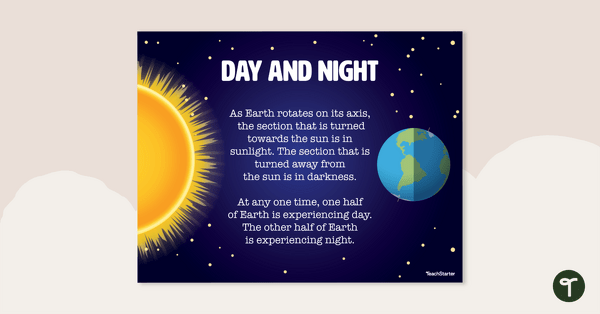
Day and Night Cycle Poster
Display information about Earth’s day and night cycle with this colourful science poster.
- Plus Plan
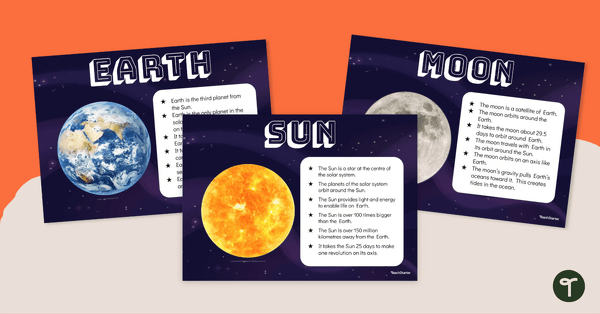
Earth, Sun and Moon – Poster Pack
Display these posters with information about the Earth, Sun and moon in your science classroom.
- Plus Plan
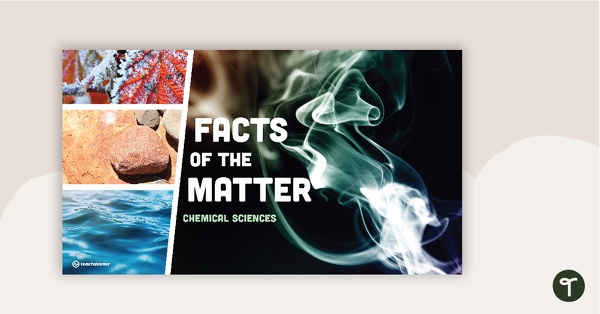
Facts of the Matter PowerPoint Presentation
A 22 slide editable PowerPoint to use when teaching your students about the states of matter in Science.
- Free Plan
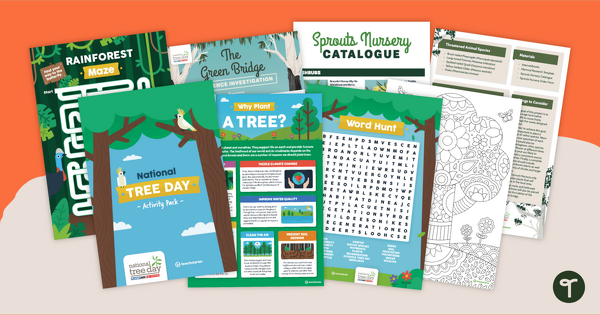
National Tree Day Activity Pack
Celebrating National Tree Day with a pack of exciting activities!
- Plus Plan
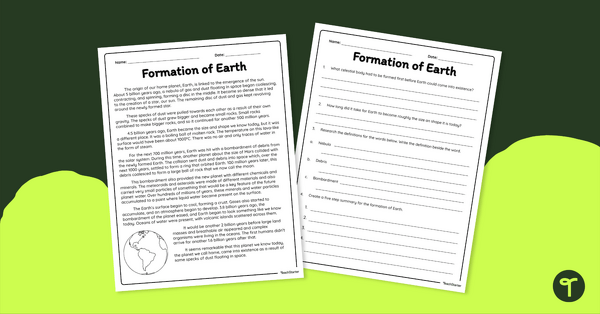
Formation of Earth - Reading Comprehension Worksheet
Combine reading and science content with a reading comprehension worksheet that focuses on the formation of Earth.
- Plus Plan
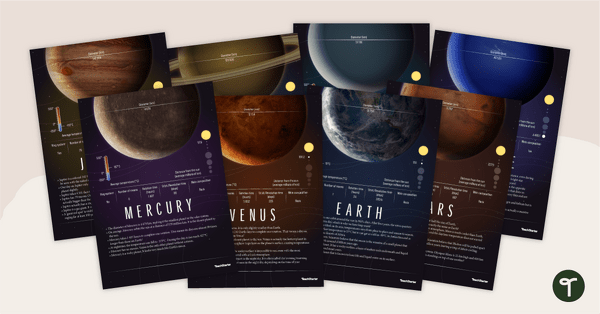
Planets of the Solar System Posters
Use this set of visually striking and informative posters about the planets of our solar system in your classroom.
- Plus Plan
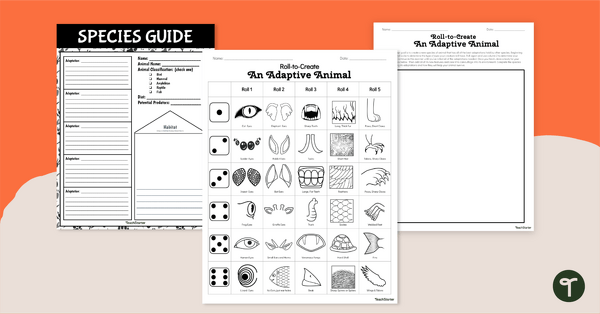
Roll to Create an Animal - Adaptations Game
Roll to create an animal with cool adaptations using a fun dice game and report template.
- Plus Plan
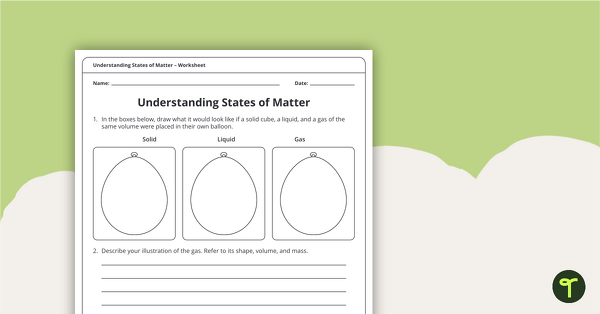
Understanding States of Matter Worksheet
A worksheet that allows students to demonstrate their knowledge of solids, liquids and gases.
- Plus Plan

Light Word Wall Vocabulary
Sixty light related vocabulary cards for a word wall.
- Plus Plan
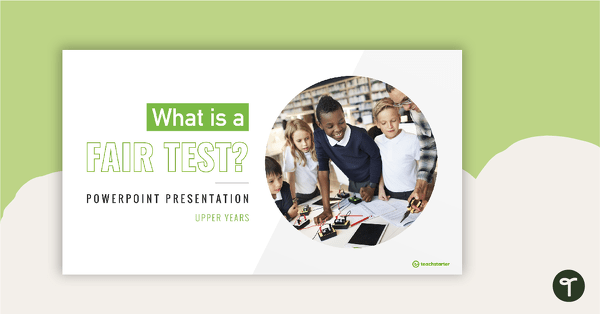
What is a Fair Test? - Upper Years PowerPoint
A 20 slide PowerPoint to use when teaching your students about how to make a fair test in Science.
- Plus Plan
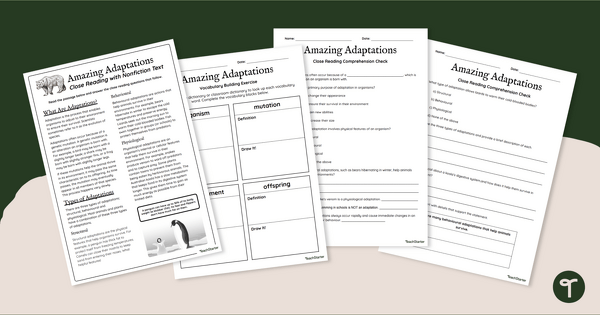
Plant and Animal Adaptations - Reading Comprehension Passage
Boost reading comprehension skills with a comprehension passage, with questions, about structural, behavioural and physiological adaptations.
- Plus Plan
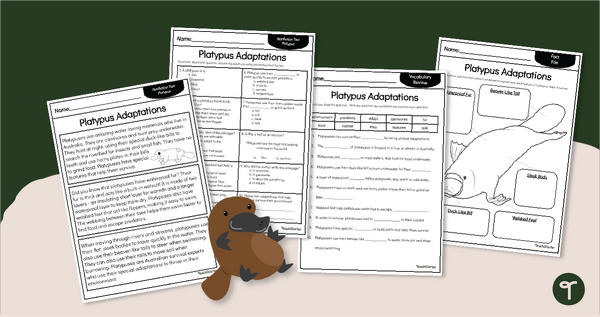
Platypus Adaptations - Reading Passage & Questions
Learn about the physical and behavioural adaptations of the platypus with a set of printable reading comprehension worksheets for Year 3.
- Free Plan
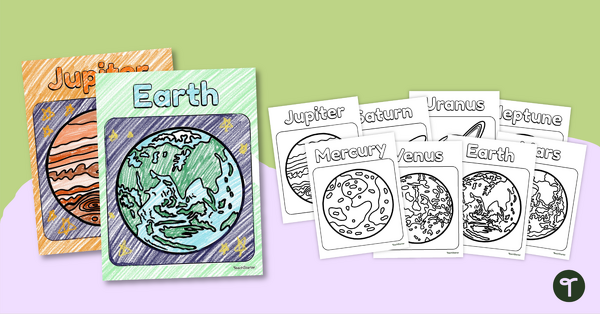
Free Planet Colouring Pages
Use these black and white planet templates as colouring in pages for your students.
- Free Plan

Behavioural, Structural and Physiological Adaptations (Classroom Poster Pack)
Print 4 free classroom posters explaining the different types of adaptations in the animal kingdom!